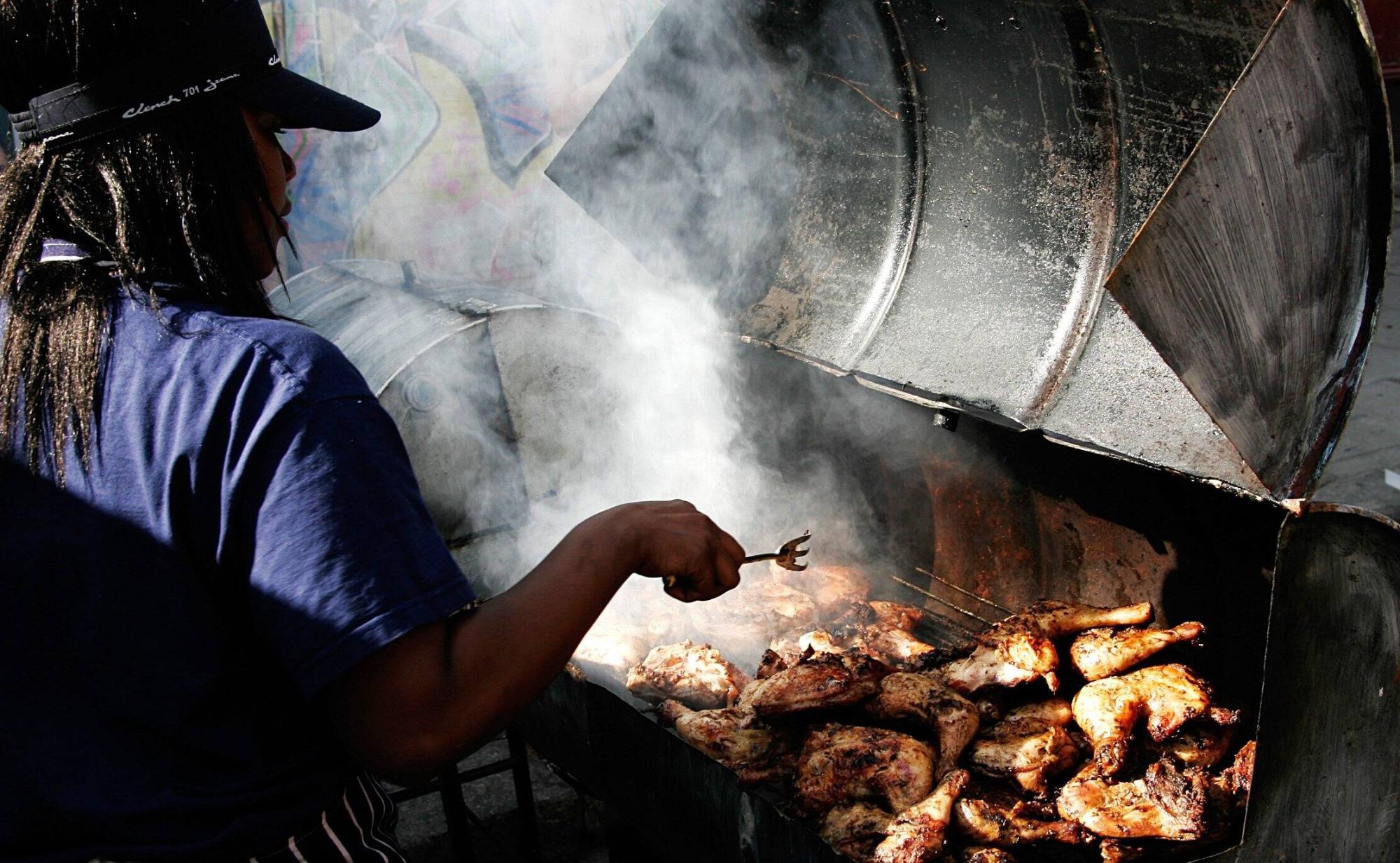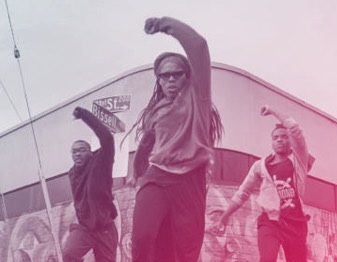And the food was a diverse array of mammals that lived in the Caribbean, like Hutia (squirrel-looking rodents) that were skinned and tied together over the fire, fish, birds, iguanas and snakes, said LeFebvre.
“We have all sorts of descriptions that would lead us to believe that their version of barbecue was probably pretty tasty,” she said.
But, barbecuing was not just a Taíno style of cooking. The Taínos originated among the Arawak tribes that had gradually spread from Venezuela across the Antilles during waves of migration beginning around 400 B.C. and had continued for millennia, according to LeFebvre and to Smithsonian Magazine.
“We know the same kind of roasting was happening elsewhere,” LeFebvre said. These years of migration meant traditions and cultures were shared and other Indigenous communities had their own versions of barbecuing food.
“Maybe the type of animal one person ate would have been different than what another person ate,” she explained.
How has it transformed?
And the cuisine of barbecue has transformed time and time again, region by region, becoming an American tradition especially during summer holidays like Memorial Day, July Fourth and Labor Day.
As it was spread by the Spaniards, “the word started to transform, and also the cooking methods and the cooking styles started to transform,” said chef Alexandra Strong, with Restaurant Associates at the National Museum of the American Indian. Strong is the executive chef of the museum’s Mitsitam Native Foods Cafe and is of Taíno descent.
Of course, other countries like Jamaica, Korea and Australia have their own famous versions of barbecue. But the U.S. is unique given “that there’s so many different styles of barbecue,” said Strong. And so much of that variety is thanks to immigrants and the unique locations from where the barbecue originates, she said.




